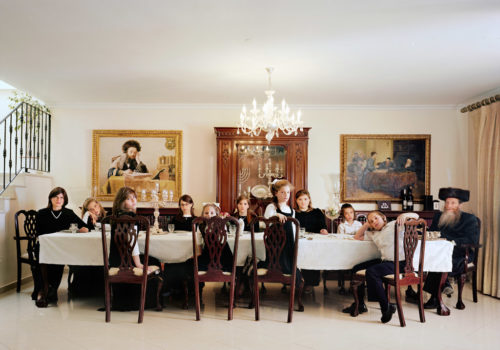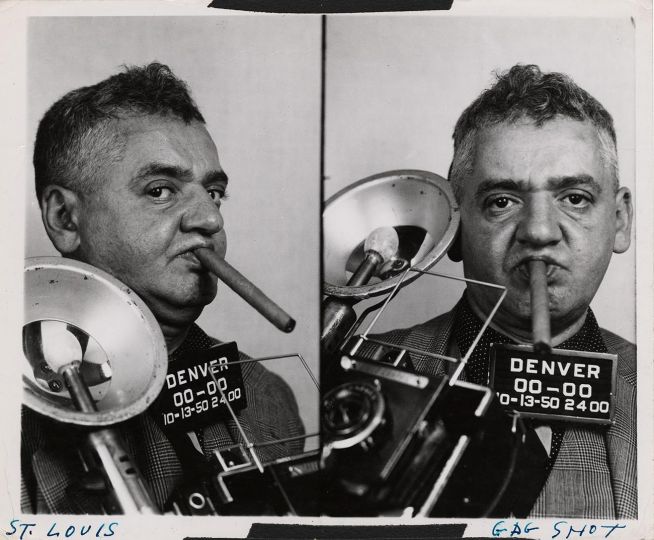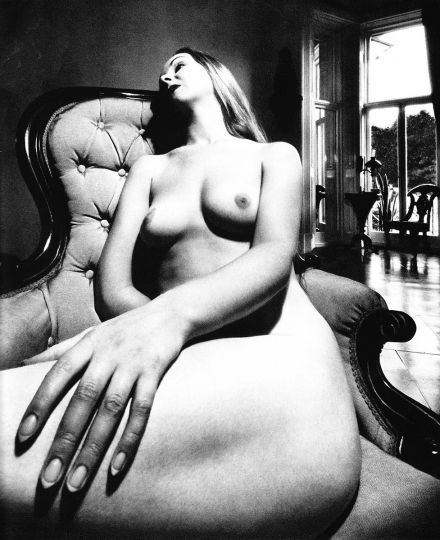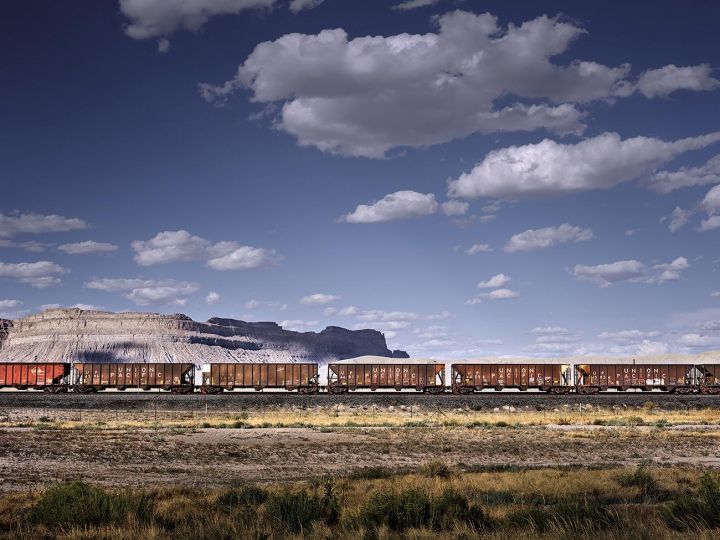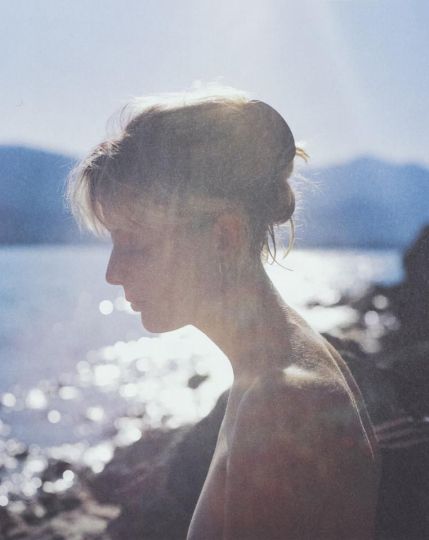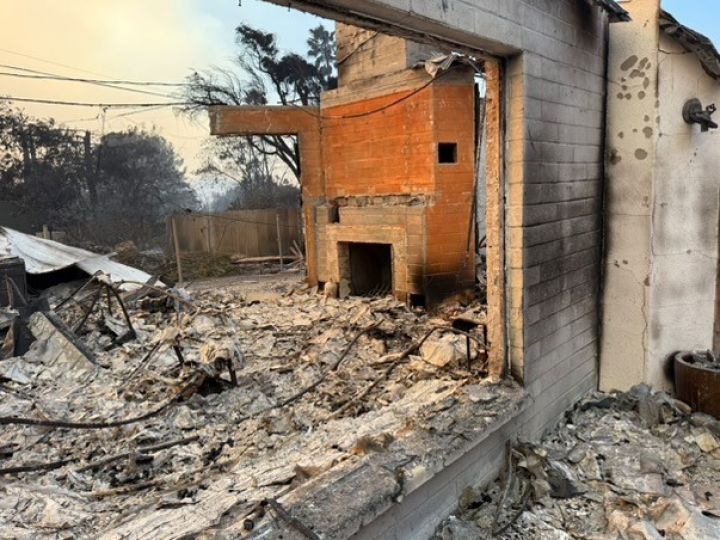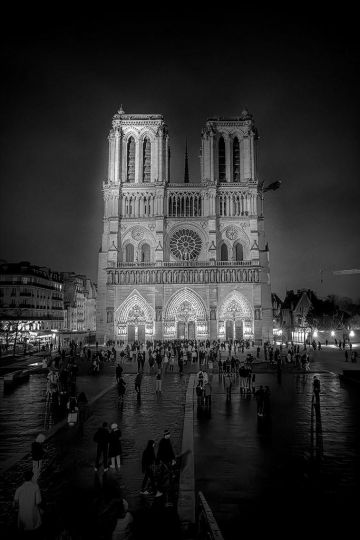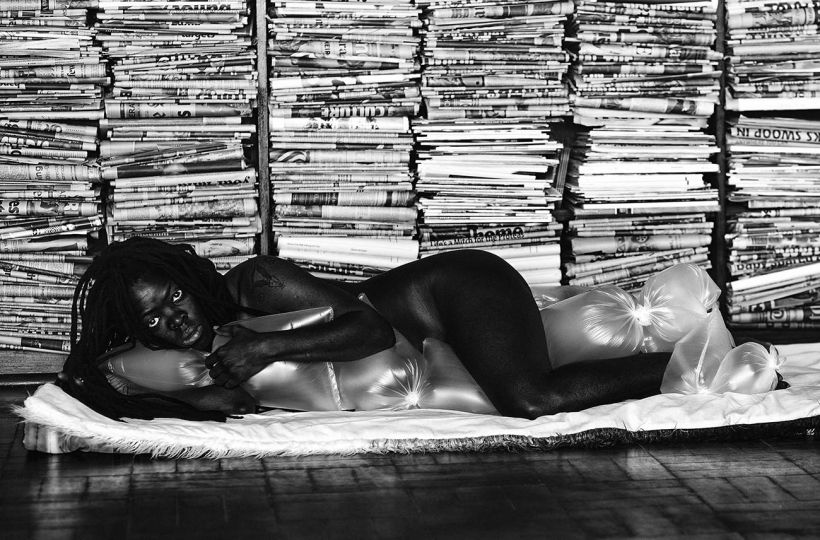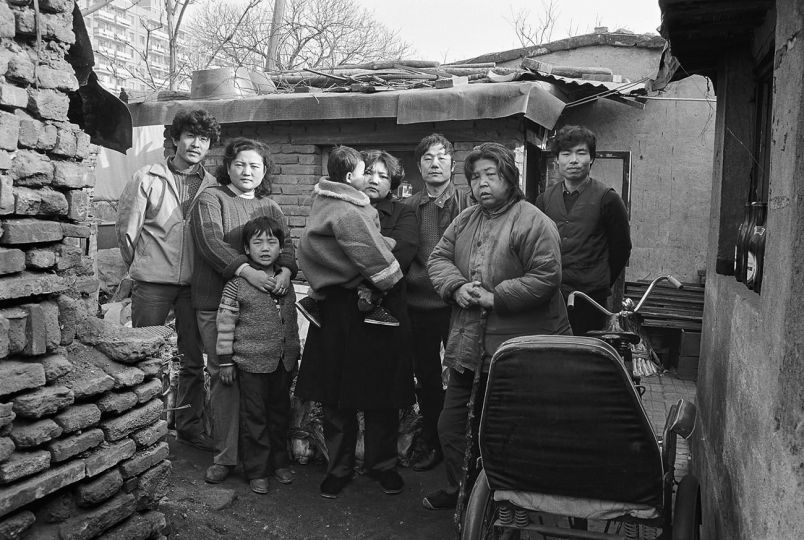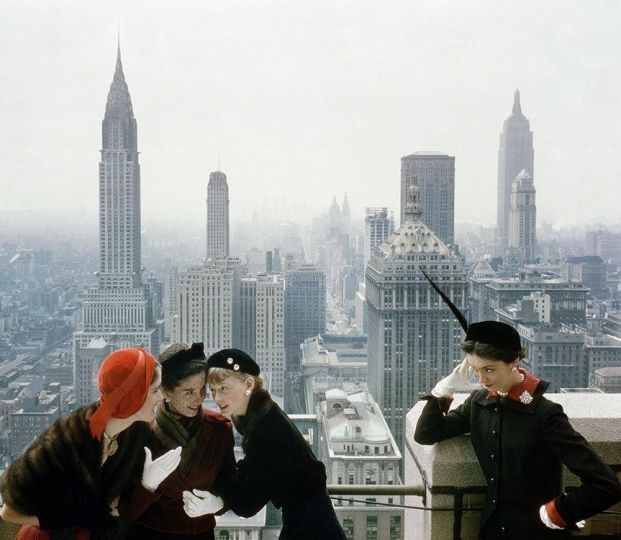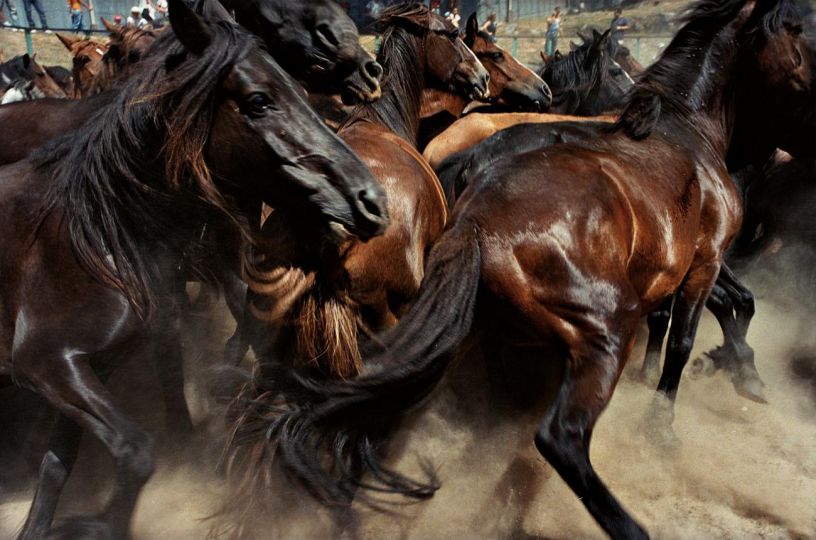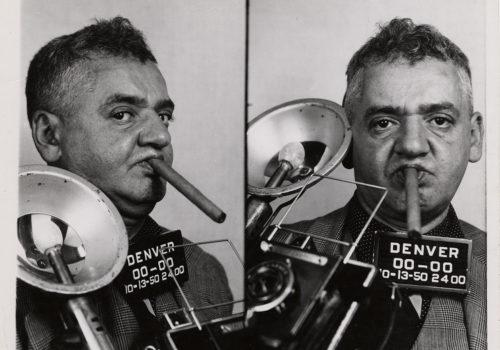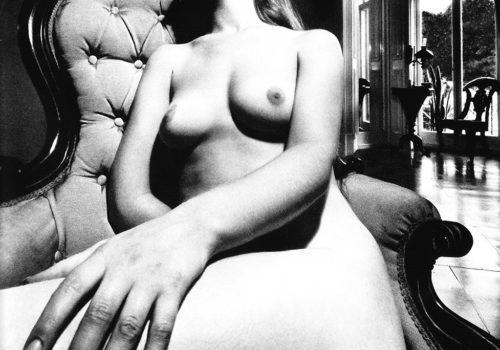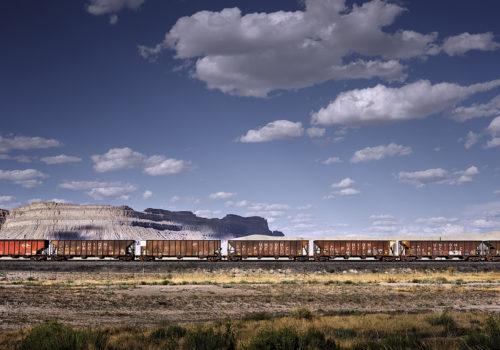Twelve photographers were invited to visualize Israel and the West Bank from their artistic and critical vantage points. Through their research and residencies since 2009, these artists portray this place beyond myths and stereotypes and as a living organism, with all its rifts and paradoxes. By its very nature, This Place is a multifaceted project. It provides entry points and participation in the ongoing cultural discussion about photographic representation of politically and philosophically contested spaces. This Place embodies the idea of photography as itself a multifaceted notion – these incredible bodies of photographic work will be the prompt for discussions, the visual vehicles for sharing ideas and knowledge, as well as the material experience of the personal journeys undertaken by the commissioned artists.
Each artist has created a profound and personal narration of Israel and the West Bank that, collectively, act as a series of guides, leading the viewer into a deeper identification with the realities of this complex, and heavily cast, contemporary situation.
Frederic Brenner explores Israel as a place of radical heterogeneity, where longing, belonging and exclusion constantly permeate through lived experience. Brenner’s meticulous research is visualised as individual and societal moments that pinpoint the condition of contemporary Israel. The installation of his photographs, with a constellation of prints in various sizes, reflects the diversity of his subjects and the multiplicity of his photographic narration.
Wendy Ewald initiated fourteen participatory photography projects in Israel and the West Bank with community groups including schools, a women’s group, market stall owners and high-‐tech workers. Ewald has selected approximately five hundred photographs from an archive of thousands of photographs created by members of the fourteen groups. The small prints will be backed with aluminium and installed on parallel ledges, conveying the range of voices of the participants and the distinct preoccupations and character of each of these communities.
Martin Kollar’s project, entitled Field Trip, features a series of photographs rich with subtle drama and visual strangeness. Kollar captures contradictions and incongruities that visualise the threat of impending violence embedded in the routine normalcy of everyday life in Israel. The photographs, of various sizes, will be shown in a mosaic installation, animating the wall space with Kollar’s intuitive and observant understanding of Israel.
Josef Koudelka makes the wall of separation the central character of his epic body of photographic work. His graphic, panoramic photographs convey the sense of this archaic landscape, the impact of the wall upon it and the painful reality of the wall’s dividing route. Koudelka will print an accordion layout of all of the images he has created for this project, a literal and metaphorical representation of this monumentally linear structure. Each venue will design the structure with which Koudelka’s wall can run through an exhibition space.
Jungjin Lee presents a selection of large-‐scale panoramic prints that immerse the viewer in the weighty layers of history that Lee experienced in the landscapes of Israel. Lee’s hand-‐made prints trace the embedded sadness and poignancy of the many abandoned and de-‐humanised places that she encountered. Lee will show a small selection of her large-‐scale prints that literally envelop the viewer in the sense of a broken land.
Gilles Peress makes an astute observation of the psychological ‘temperature’ of Israel and the West Bank. His photographs, taken on the streets, represent their inhabitants as embodiments of the extremities of perspectives that shape Israel. In his large-‐scale grid of photographs, Peress choreographs a sense of the ‘all or nothing’ attitude that he perceives as central to an understanding of this place.
Fazal Sheikh’s ‘Desert Bloom’ continues his ongoing exploration of memory and loss, and refuge in our contemporary world. Sheikh will be showing a grid of forty eight aerial photographs, each taken from above the traces of disappeared Bedouin villages, their size and location practically invisible from ground level. In this body of work, Sheikh narrates a powerful story about a community, their land and their exclusion.
Stephen Shore’s exploration of Israel takes a range of forms including digital photographs and resulting ebooks, and colour and black-‐and-‐white photographs. Shore will be presenting a selection of color works (captured with his signature 8”x10” negative camera) that offer clear and astutely observed facets of contemporary Israel and visual manifestations of its divisions and histories.
Rosalind Solomon’s portraits collectively create a compassionate and personal evocation of Israel’s ethnic diversity. Approximately thirty of her black-‐and-‐white portraits of individuals and intimate family groups will be installed to create a powerful evocation of the relationships and lives that Solomon encountered on her journeys through Israel.
Thomas Struth’s large scale color photographs create substantial, individuated experiences of Israel. The selection of works for this exhibition includes landscapes, cityscapes, industrial and religious architectural interiors and a family portrait. Struth’s photographic hallmark is his attention to the delineation of culture and society in the visual world and this body of work provides a profound perspective onto Israel.
Jeff Wall’s large-‐scale photograph depicts Bedouin olive pickers sleeping outdoors on a farm in the Negev Desert in the south of Israel. As the sun rises over the farm and flushes the sky, the prison that sits on the hill behind the farm emanates its cold presence.
Nick Waplington has created an archive of over 1,300 photographs that represent the people and sites of Jewish settlements on the West Bank. These well-‐researched and faithful depictions are realized as 8”x10” contact prints, combining landscapes and portrait imagery to create a detailed insight into this practice. For this exhibition, Waplington will be installing a grid of approximately fifty landscapes and family portraits.
Each day, L’Oeil de la Photographie will present the series of a photographer.
EXHIBITION
This place
From February 12 to June 5th, 2016
Artists discussion on February 11th, 2016 at 7 pm
Brooklyn Museum of Art
200 Eastern Pkwy
Brooklyn, NY 11238
United States
https://www.brooklynmuseum.org
http://www.this-place.org

